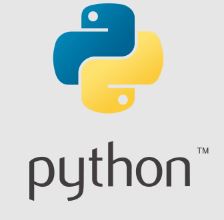Booleans are a fundamental data type in Java, representing true or false values. They play a crucial role in controlling program flow, making decisions, and handling conditional logic. In this comprehensive guide, we will delve into the realm of Java Booleans, providing detailed explanations and practical examples to help you become proficient in working with boolean values.
1. Understanding Boolean Data Type
The boolean data type is a simple yet powerful building block of Java programming. It can only hold two values: true or false.
2. Declaring and Initializing Booleans
To declare a boolean variable, you can use the boolean keyword, like this:
You can also initialize it with an initial value:
3. Boolean Operators
Java provides several operators for working with boolean values:
a. Logical AND (&&)
The logical AND operator returns true if both operands are true.
Example:
b. Logical OR (||)
The logical OR operator returns true if at least one operand is true.
Example:
c. Logical NOT (!)
The logical NOT operator negates a boolean value.
Example:
4. Boolean Expressions
Boolean expressions are conditions that evaluate to either true or false. They are widely used in control structures like if statements, loops, and more.
Example:
5. Conditional Statements
Learn how to use if, else if, and else statements to control the flow of your Java program based on boolean conditions.
Example:
6. Boolean Methods and Functions
Explore how to create custom methods and functions that return boolean values.
Example:






